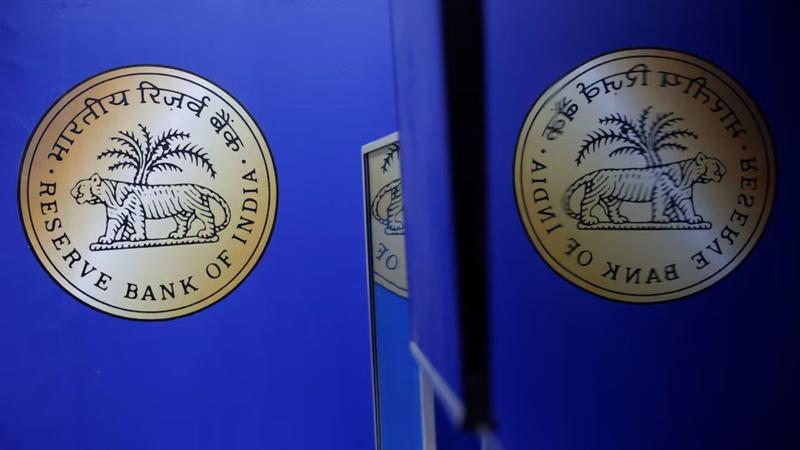Published 19:18 IST, December 26th 2024
Bad Loans Down, Financial Health Up: RBI Shares X-Ray Of Indian Banks - See Report
The report also revealed that net bad loans, or the proportion of bad loans after provisions, decreased to 0.57 per cent of total loans in September

Indian banks have maintained a strong financial position, with sustained growth in loans and deposits, according to the Reserve Bank of India’s (RBI) latest 'Trend and Progress of Banking' report. Notably, the gross non-performing asset (NPA) ratio—representing bad loans as a percentage of total loans—has dropped to a multi-year low of 2.5 per cent by the end of September 2024, down from 2.7 per cent at the end of March 2024. This marks the lowest level in over 13 years, reflecting a continued improvement in asset quality.
Decline in Net Bad Loans
The report also revealed that net bad loans, or the proportion of bad loans after provisions, decreased to 0.57 per cent of total loans in September, compared to 0.62 per cent at the end of March 2024. This decline was driven by stronger loan-loss buffers, which have helped banks mitigate the impact of bad loans and maintain stability.
Improvement in NBFCs
The asset quality of non-banking financial companies (NBFCs) has also shown positive momentum, with further improvement in 2023-24. The RBI highlighted that NBFCs experienced double-digit growth in their balance sheets, reflecting the sector's resilience, although they were cautioned against aggressive lending strategies.
RBI’s Tightened Regulations
The RBI has taken steps to regulate the financial sector, including tightening rules for credit card and personal loans and increasing borrowing costs for NBFCs. The central bank has also imposed restrictions on non-compliant lenders to curb any potential risks. In recent years, Indian banks have worked to clean up their balance sheets, either by selling off bad loans to asset reconstruction companies or by writing them off entirely. As a result, banks’ capital and liquidity buffers remain well above regulatory requirements. Profitability has also improved for the sixth consecutive year in fiscal year 2023-24, signaling a positive trajectory for the banking sector.
Focus on Risk Management
Despite the positive trends, the RBI has urged banks to focus on strengthening their risk management and IT governance standards moving forward. There is also an emphasis on monitoring and addressing suspicious and unusual transactions to prevent fraud and safeguard the integrity of the financial system.
For NBFCs, the RBI cautioned against an imprudent “growth at any cost” approach, stressing the importance of robust risk management frameworks. The central bank also recommended improving customer grievance redressal practices and avoiding the use of high interest rates that could harm consumers. Indian banks have shown significant improvements in asset quality and profitability, the RBI stresses the need for continued vigilance and enhanced risk management practices to ensure the long-term stability of the financial sector.
Updated 19:18 IST, December 26th 2024